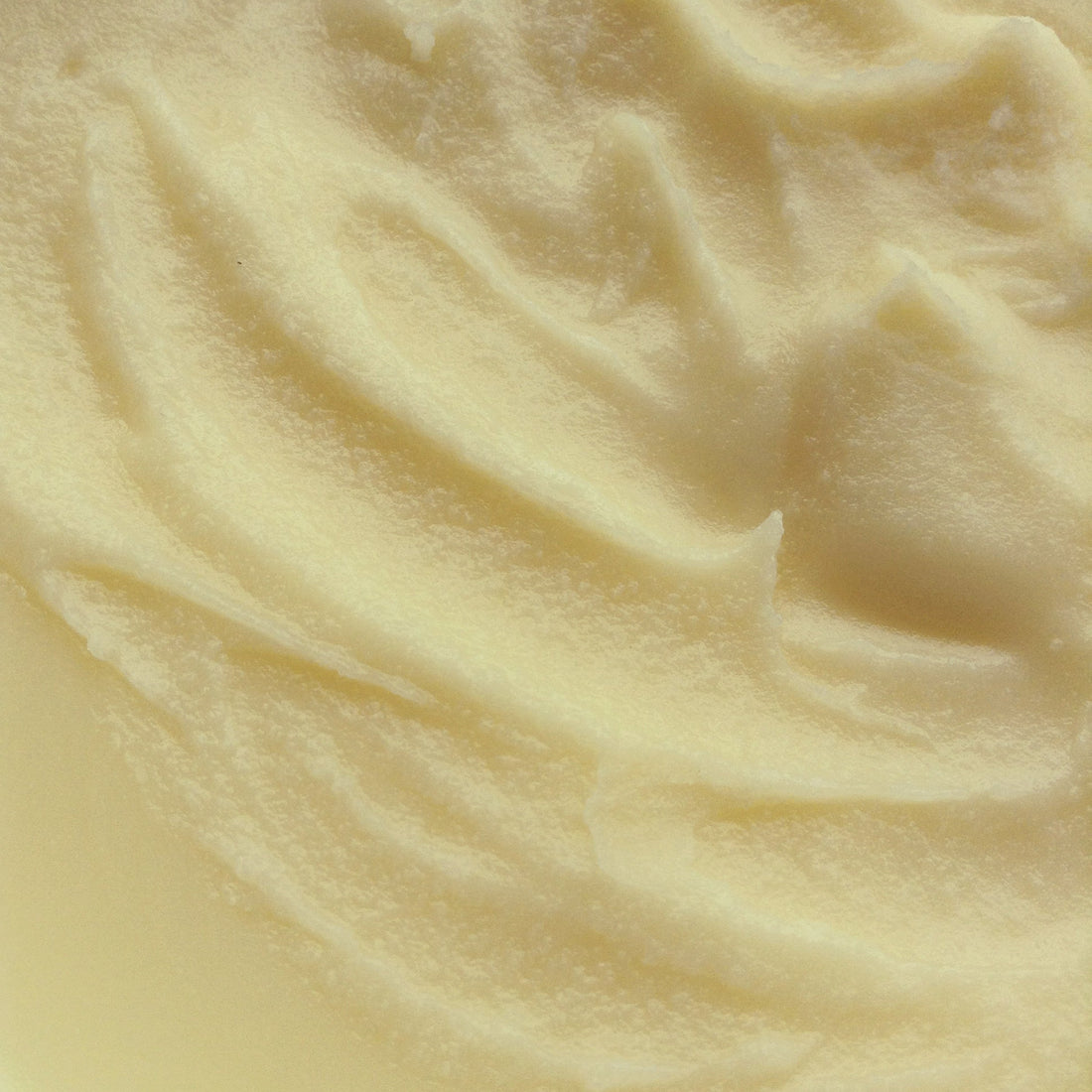
West Africa shea butter vs East Africa shea butter. Any difference ?
Share
Shea is a highly drought tolerant tree originated in dry savannah of Africa. The nuts of the shea tree are rich in oils and fats that are extracted as shea butter.
Shea butter has been used in Africa for centuries for its moisturising, anti-inflammatory, anti-aging properties and for its ability to soothe and treat dry skin.
Shea trees can grow up to 50 meters in size and it takes 40-50 years for a tree to ripen and start producing shea nuts. There are two types of shea trees: Vitellaria Paradoxa, which grows in West Africa and Vitellaria Nilotica, an East African variety. Texture , fatty acid profile and perfume of the shea butter produced by each variety is unique.
Rolling the butter under your fingers will show you the difference in texture : East African shea butter is soft and creamy because of a higher concentration of olein, while West African shea butter is firmer.
Nilotica shea trees only grow in Northern Uganda and South Sudan, which explains their premium status. A few hundred tons are available per season and harvest can vary widely from one season to another: It’s a luxury, hard to find ingredient with limited availability. On the opposite, West African shea butter is produced in abondance and covers a wide range of applications, from the food industry to the cosmetic trade.
Each type of shea butter contains ingredients such as stearic acid and oleic acid, which have therapeutic, moisturising and lubricating properties for the skin, but Nilotica shea butter has a higher proportion of oleic acid. This explains its softer and buttery consistency.